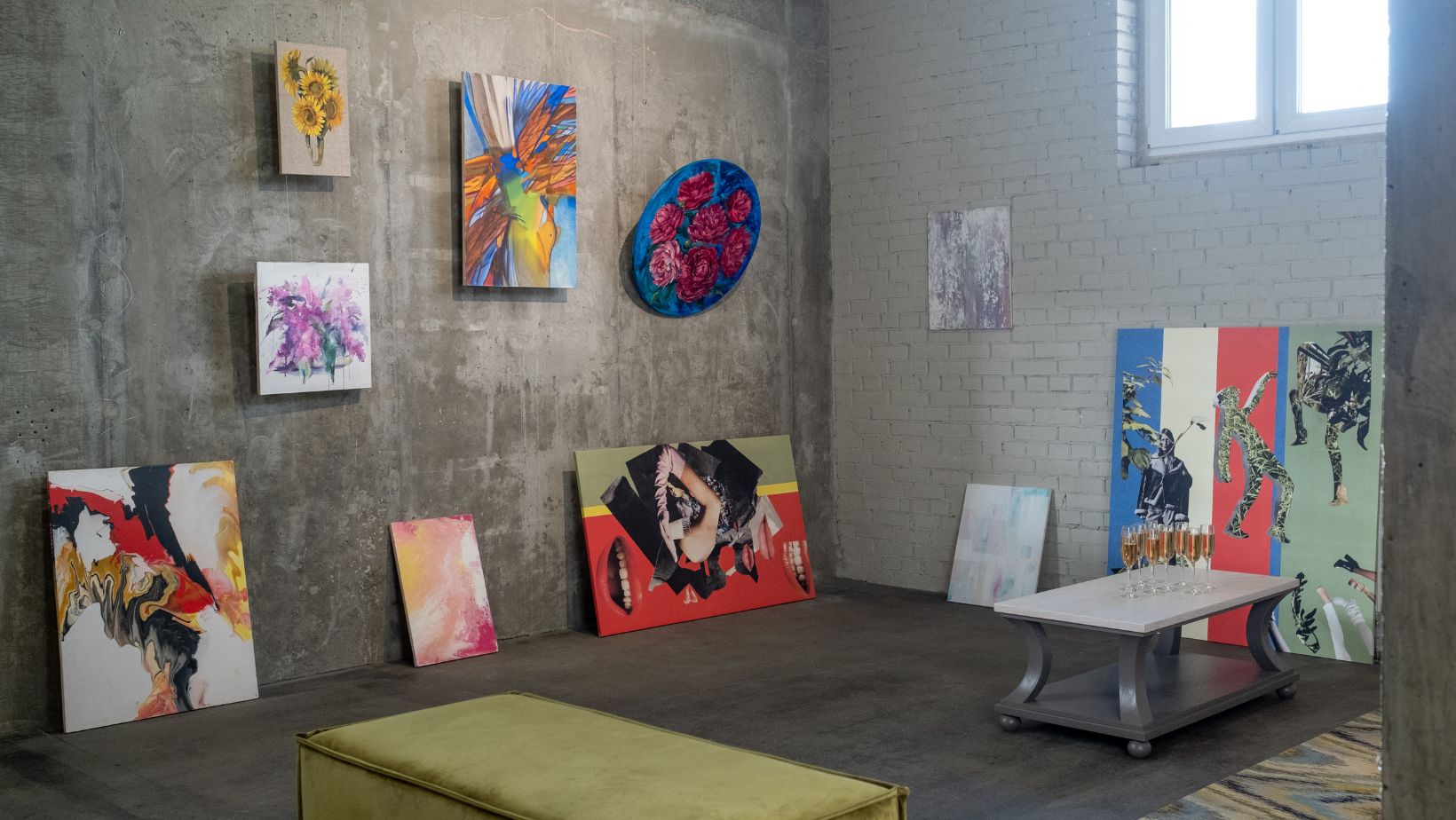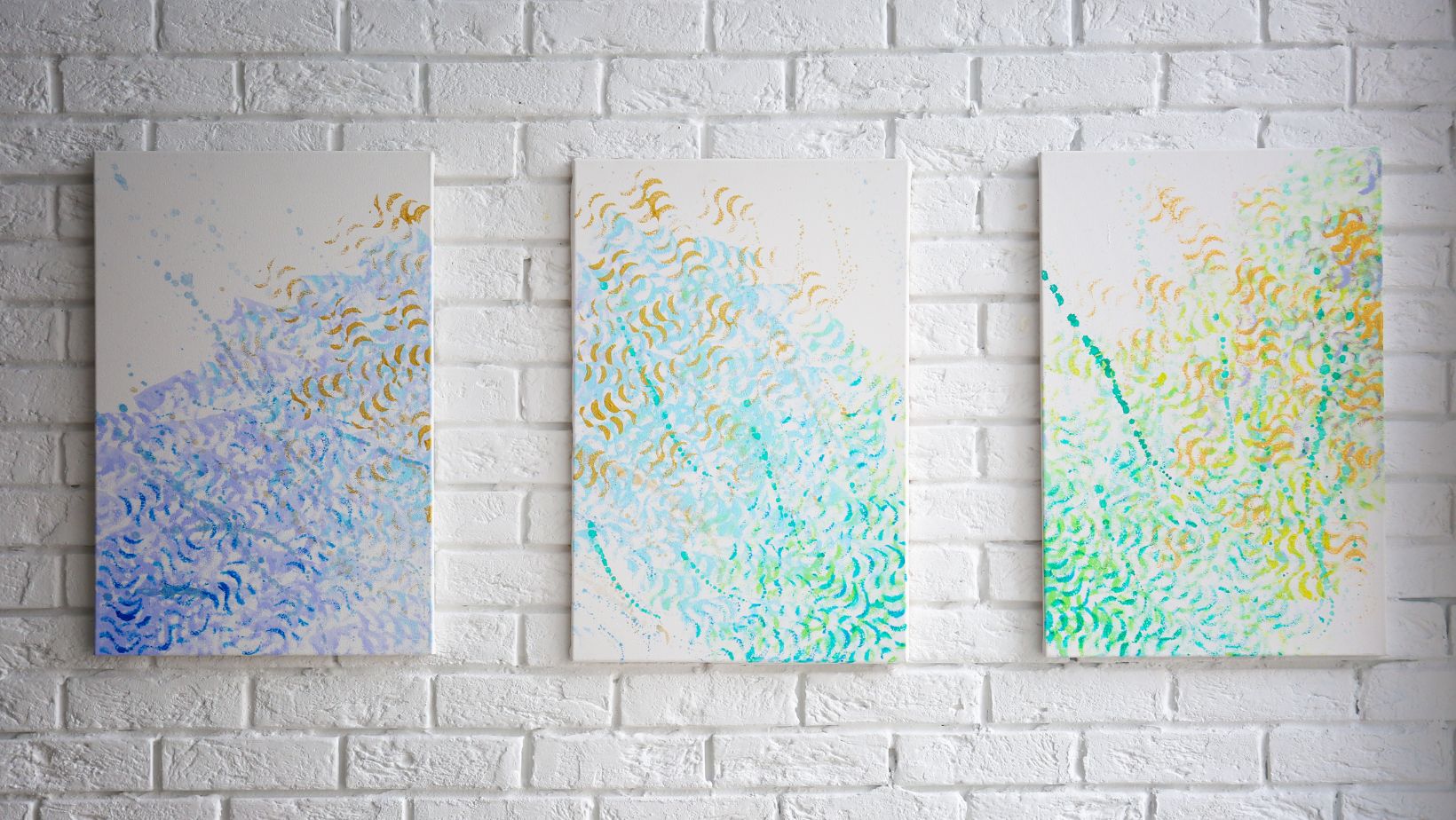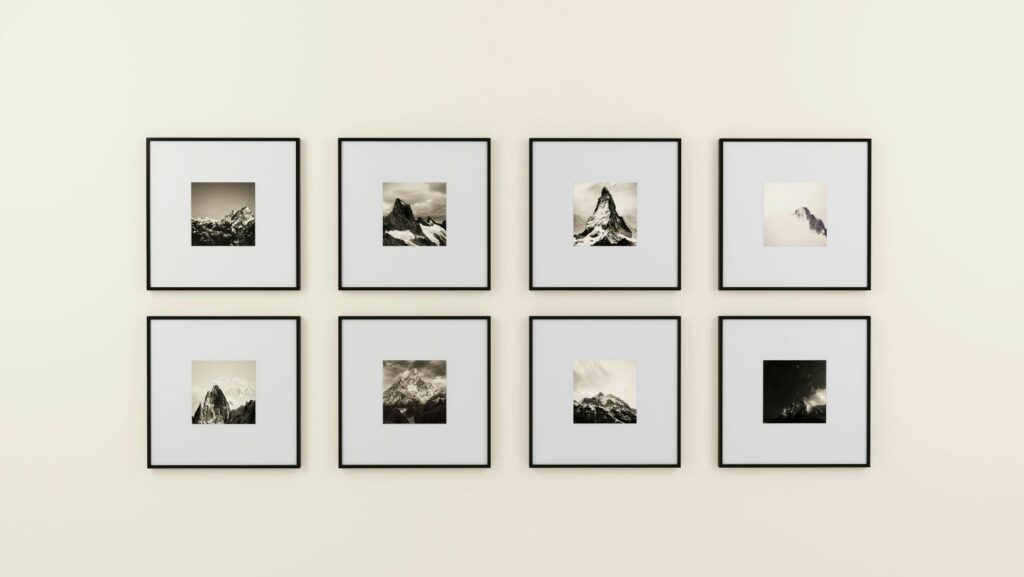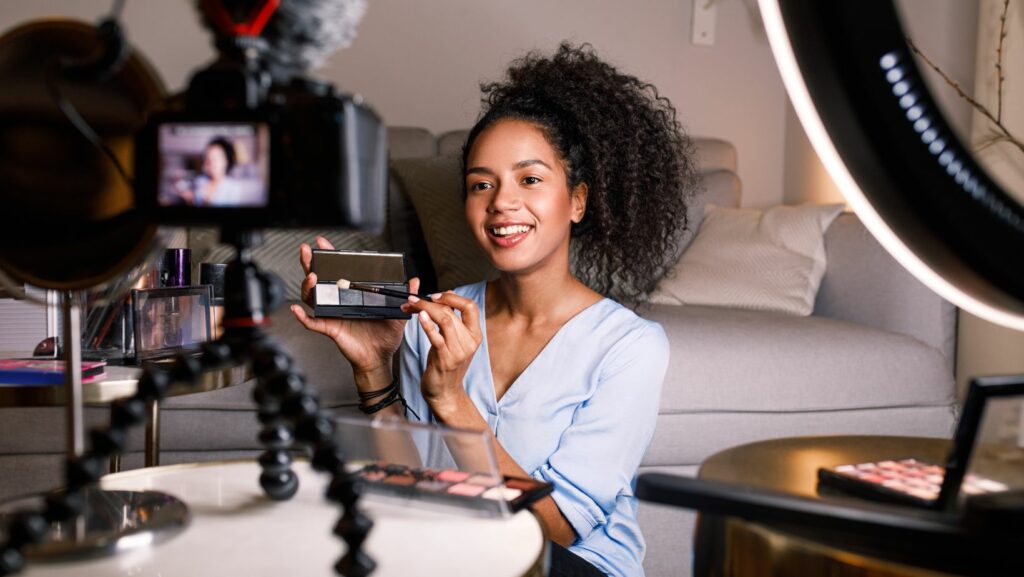Curating an art collection can seem like an exclusive activity reserved for affluent collectors with expansive budgets. Yet, the idea of owning beautiful, meaningful pieces doesn’t have to be a distant dream. Affordable art is more accessible than ever, with a wide variety of sources offering unique works that cater to all tastes and budgets. This article explores practical strategies for building a stunning art collection without overspending. From finding hidden gems to showcasing your acquisitions, this guide will help you create a collection that reflects your personal style.
Discovering Affordable Art Sources
Affordable art can be found in unexpected places, but knowing where to look is half the battle. Whether you prefer browsing physical venues or exploring online marketplaces, many options provide access to high-quality art at reasonable prices. These sources offer a chance to discover one-of-a-kind pieces while supporting artists at various stages of their careers.
Local Art Markets and Fairs
Community art events are treasure troves for affordable artwork. Many artists showcase their creations at local markets, offering original pieces at prices that often include negotiable discounts. These venues provide a chance to connect directly with creators, making each piece even more meaningful.
Emerging Artists
Emerging talent can be an excellent source of affordable art. Many budding artists sell their work on platforms such as Instagram, Facebook Marketplace, or their personal websites. Supporting these creators not only benefits your wallet but also helps grow the careers of the next generation of artists.
Online Auctions and Shops
Digital platforms have revolutionized art accessibility. Websites like Saatchi Art, Etsy, and Artsy are fantastic for discovering affordable and original pieces. To find hidden gems, check this website regularly for curated collections from new artists. These platforms often feature a mix of original works and limited-edition prints.
Student Art Shows
Universities and colleges often host exhibitions where students sell their work. These shows are perfect opportunities to acquire original art at modest prices while supporting up-and-coming talent. Attend these events early to snag the most impressive pieces before they sell out.
Thrift Stores and Estate Sales
Second-hand venues like thrift stores and estate sales can offer surprising finds. Vintage paintings, prints, and sculptures often make their way into these spaces, providing collectors with affordable options that carry a unique history.
Understanding Value Without Overspending
Curating an art collection doesn’t have to involve chasing high-priced pieces. Understanding the factors that contribute to an artwork’s value can guide your purchases and ensure you get the most for your money. It’s about striking a balance between personal connection and financial sensibility.
Focus on Aesthetic Appeal
While some collectors purchase art as investments, building an affordable collection should prioritize personal enjoyment.

Choose pieces that resonate with your style and emotions rather than their market value.
Learning the Basics of Art Evaluation
Understanding the basics of evaluating art can help you make informed decisions. Factors such as medium, craftsmanship, and artist reputation can influence a piece’s worth. Researching these elements will help you identify high-quality works within your budget.
Limited Editions and Prints
Original artwork isn’t the only path to curating an impressive collection. Limited-edition prints are a cost-effective alternative that still offers exclusivity. When purchasing, verify the edition number and signature to ensure authenticity.
Negotiating Tips
When shopping at markets or fairs, don’t hesitate to negotiate. Many artists and sellers are open to offering discounts, especially for first-time buyers or bulk purchases. Polite inquiries can often result in significant savings.
Avoiding Overpriced Hype
Steer clear of overly trendy pieces that command inflated prices. Instead, focus on timeless designs or works from less commercialized artists. This approach ensures your collection retains its charm and originality over time.
Displaying and Caring for Your Collection
Acquiring art is only the beginning. Properly displaying and maintaining your pieces ensures they remain a source of joy and inspiration for years to come. A thoughtful approach to presentation and care can elevate your collection’s impact without incurring high costs.
Creative Display Ideas
Displaying art effectively doesn’t require a professional designer. Consider arranging pieces in gallery-style clusters or dedicating specific walls to themed collections. Experiment with layouts to create a dynamic and engaging visual experience in your space.
Budget-Friendly Presentation
Framing can significantly enhance the appearance of your artwork. Look for affordable framing services or consider DIY options using high-quality materials.

Simple, elegant frames can bring cohesion to your collection without overwhelming your budget.
Proper Care and Maintenance
Art requires attention to keep it in good condition. Avoid placing pieces in direct sunlight to prevent fading, and maintain stable humidity levels to protect delicate materials like paper or wood. Regular dusting with soft cloths helps keep your collection looking pristine.
Rotating Art
To keep your collection fresh, consider rotating pieces periodically. This practice not only gives each work its moment to shine but also allows you to appreciate different parts of your collection over time.
Conclusion
Building an art collection on a budget is a rewarding journey that combines creativity, exploration, and personal expression. By tapping into affordable sources, understanding value, and caring for your acquisitions, you can curate a stunning collection that reflects your unique taste. Start small, trust your instincts, and enjoy the process of bringing art into your life. Begin your journey today and discover the joy of owning pieces that inspire and delight.



